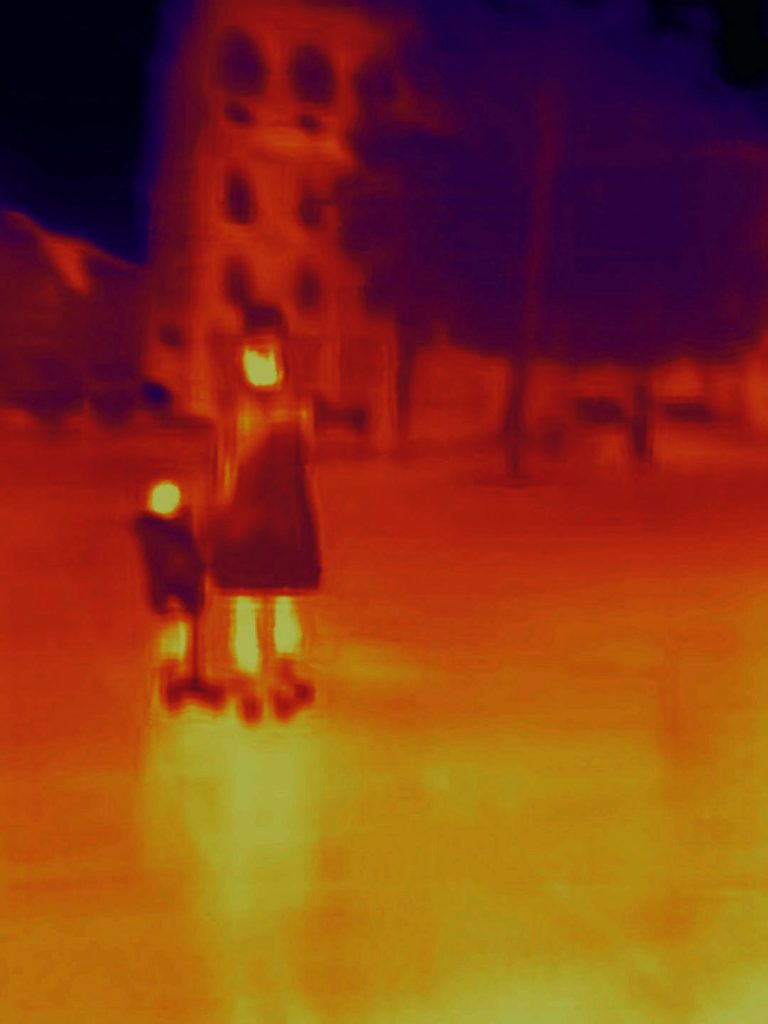
2020, inkjet print
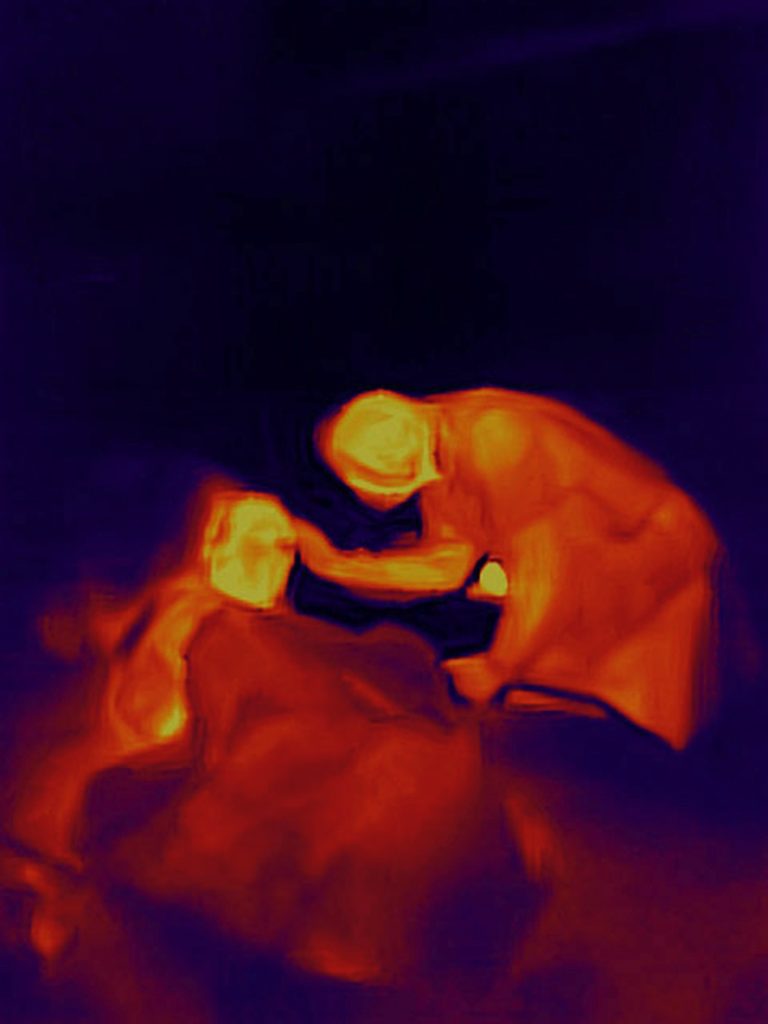
2020, inkjet print
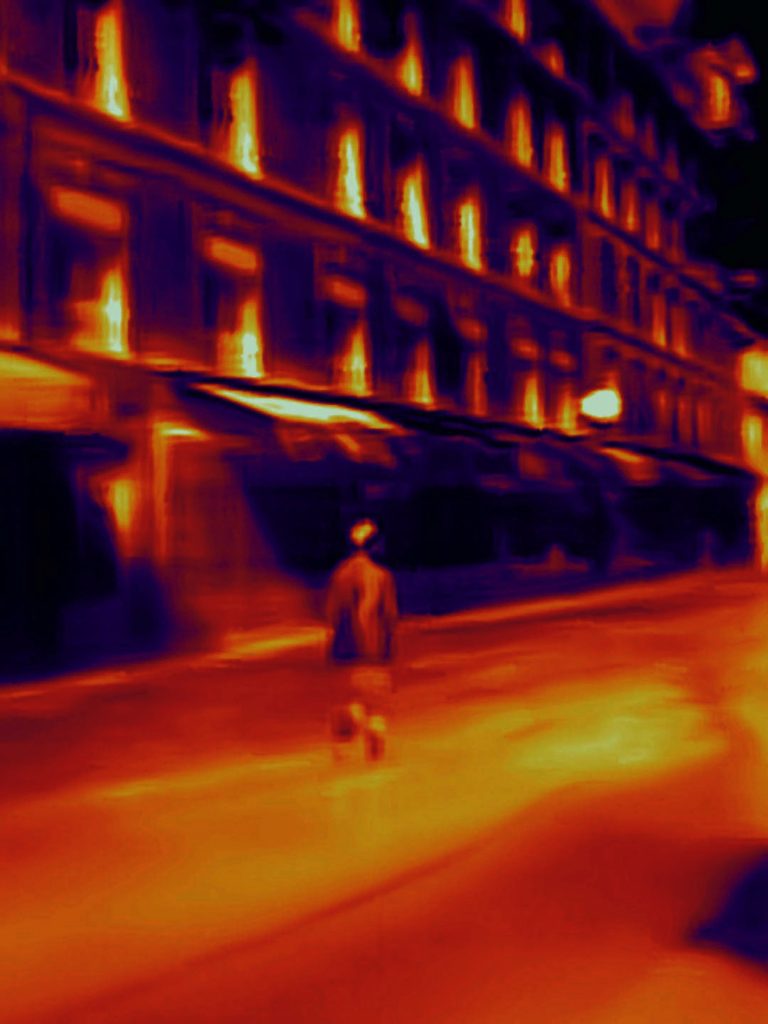
2020, inkjet print
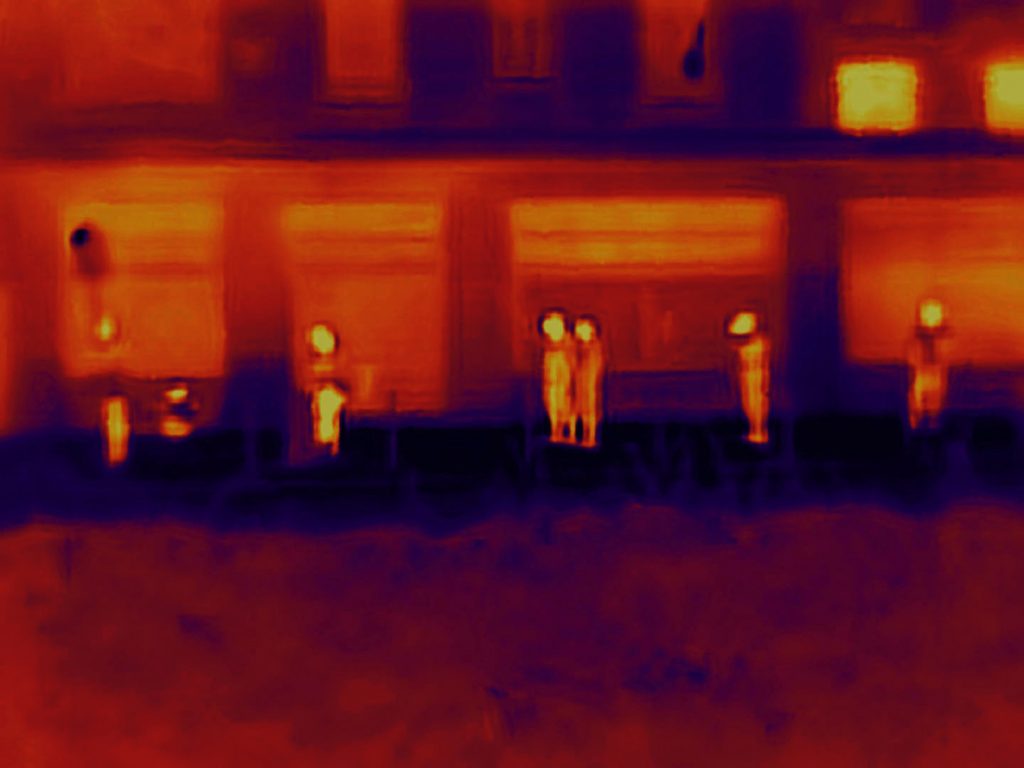
2020, inkjet print
Dates|February 3 – March 6, 2022
Venue|MEM map
Open Hours|13:00 – 19:00
The gallery is closed on Mondays that are not national holidays. (Except when Monday falls on a holiday, in which case the gallery is open and closed the following day.)
Telephone|+81-3-6459-3205
Special Film screening
LA VIE NUE (2020) directed by Antoine d’Agata
Running time: about 8 minutes
Seating Capacity: 5 seats
Venue: MEM (NADiff A/P/A/R/T 3F)
Dates: 2/5(Sat.), 2/6(Sun.), 2/12(Sat.), 2/13(Sun.), 2/19(Sat.), 2/20(Sun.), 2/26(Sat.), 2/27(Sun.), 3/5(Sat.), 3/6(Sun.)
Time schedule: 15:00, 15:30, 16:00, 16:30, 17:00, 17:30
Admission: Free, Reservation-only
>>>Reservation<<<
Antoine d’Agata was born in Marseille in 1961, and the Situationist International movement influenced his work. Many of his works emphasize the importance of engagement. He usually forms relationships with the people and the communities who are his photographic subjects. These cohabitations are often long-term, which is why his work takes time. He travels around the world, working simultaneously on different projects. His photographic series and video works have been published, screened, and exhibited worldwide.
He began shooting for Virus around March 17th, 2020, when the French government announced lockdowns in response to the COVID-19 pandemic. The shooting continued for almost two months until the middle of May of the same year. In addition to Paris, he also shot at hospitals in several other cities, including Taverny and Marseille. D’Agata used a thermal camera that captures temperature distributions. The series juxtaposes photographs of city streets and hospital interiors, capturing the pandemic that rages both outside and inside. In the empty city streets, isolated individuals and the homeless loiter at a loss of what to do, and in intensive care units, patients lay helplessly. People, environments, and buildings are all deprived of their defining characteristics and reduced to a color spectrum of red and orange. The images suggest the presence of the COVID-19 and highlight our coexistence with it.
This exhibition of his series is the first in Japan.
It is in collaboration with the Yebisu International Festival for Art & Alternative Visions 2022.
[Interview]
Antoine d’Agata
He was born in 1961 in Marseille, France. He left France in 1983 and traveled Europe, Central America, and The United States. In 1990 he attended the International Center of Photography in New York City and studied under Larry Clark and Nan Goldin. From 1991 to 1992, he worked at Mangum Photos as an assistant to Kubota Hiroji and others. After returning to France in 1993, he started a family. He took a break from photography for about four years to make ends meet but later resumed his activities, holding photo exhibitions and publishing many photography books. He published his first two, De Mala Muerte and Mala Noche, in 1998. In 2001, he published his third, Hometown, for which he won the Niépce Prize. In 2003, he published Insomnia and Vortex and held a solo exhibition, 1001 Nuits, in Paris. His other publications, among many, include Stigma (2003), Manifeste (2005), and agonie (2009). In 2004, he made his first video work, El Cielo del Muerto, and this experience inspired him to create his feature film Aka Ana (2006), shot in Tokyo. In the same year, he won the 20th Higashikawa Award for Overseas Artist for Insomnia, and in 2004, he joined Magnum, becoming a full member in 2008. Since 2005, in addition to his numerous publications, he has exhibited his works at Den Haag, Netherlands (2021); Le Bal, Paris (2013); MuCEM, Marseille (2013); and Forma, Milan (2013). Anticorps won the photography book prize at the Arles International Photography Festival in 2013, and in the same year, he published the Japanese edition of Antibody (ANAAKA). Studio Vortex, his studio in France, has continued to publish his work, starting with the Manifesto in 2017, followed by Virus in 2020.
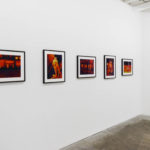
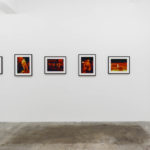
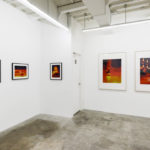
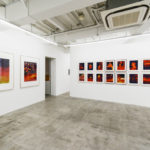
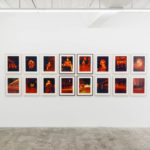
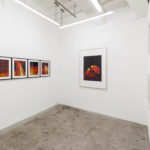
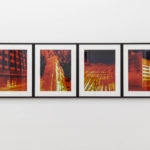
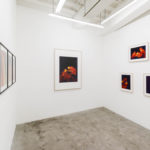
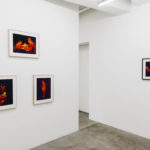
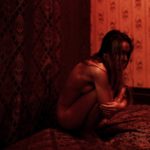 Antoine d’Agata “corpus”
Antoine d’Agata “corpus” 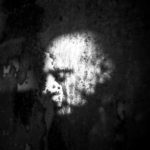 Antoine d’Agata “Aithō”
Antoine d’Agata “Aithō”